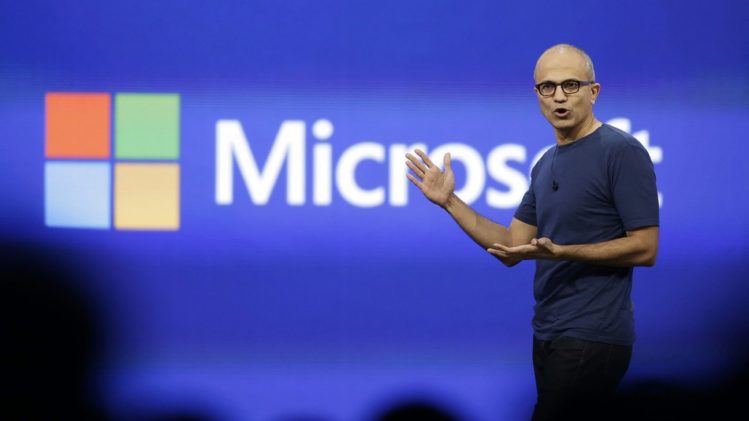
Microsoft has given us a lot of treats, surprises as well as disappointments in the past couple of years. This year, the company was intending on providing consumers with the best of what computing offered, but its plan did not quite work out on several occasions. Here are three terrible decisions made by the tech giant during 2015.
Ranging from the company’s Surface Pro 4, Surface Book, and its Lumia 950 and Lumia 950 XL, Microsoft has presented the best of what Windows 10 has to offer. These products are stacked with very impressive hardware and on top of it all, they are running the company’s ‘unified interface’ operating system. However, their pricing suggests that only the affluent will be able to afford them and if you add additional costs, it appears that only the 1 percent of Pakistani consumers will have at least one of the products present in their households. All pricing details have been listed below:
Note: Expect prices of these items to be much higher when they officially enter Pakistan.
Looking at those prices, we have to wonder, is Microsoft really concerned about its pricing strategy? Especially since we did hear that the aforesaid products are going to be targeting a larger audience? Did consumers somehow grow thicker wallets or have ridiculous amounts of funds appear in their bank accounts magically? Keep in mind that Windows 10 is not just running on these machines, because we reported that several Chinese alternatives, including Teclast X16 are running the same platform. While, these products cannot match Microsoft’s mobile offerings in performance, but in terms of price, they are an absolute steal. For one thing, Teclast X16 will definitely give the company’s Surface 3 a run for its money.
Expect that other leading Chinese manufacturers such as Lenovo will be rolling out products that will challenge Microsoft’s mobile devices on both price and performance, and sooner or later, Microsoft will be forced to go to extreme lengths, and that usually involves price reduction on their products, or laying off a very large number of employees due to unable to generating significant revenue. Microsoft, please get your pricing strategy right next time.
When talking about its cloud storage service, here’s what Microsoft has done so far:
Considering that there are several alternatives available in the form of Google Drive and DropBox, one can only wonder what the company was thinking when it decided to come to this egregious decision. If Microsoft actually had a monopoly over its cloud storage service, then there is little the population could have done. But the tech industry is highly competitive, particularly when it comes pricing. Now, $1.99 might not seem like such a bad deal for consumers and businesses for 50GB, but more storage is always a welcome sight, and it is something that the company’s rivals are offering in abundance.
Sure, Microsoft has catered to Windows 7, 8 and 8.1 users by making its latest platform free, with the only gripe being that the update is going to be free for a period of 12 months. Most consumers must have happily upgraded in the hopes of experiencing much better performance and getting to try out new features that were obviously not present in the operating system’s predecessors. However, imagine the severe outcry that is going to be experienced by Windows 10 users when they are greeted by the warning that their 12 month trial is going to expire soon. They will obviously be required to pay in order to continue using it.
Keep in mind that the product keys are nowhere near close to being affordable because the basic version will cost you $119.99 (for both USB and regular ISO file downloads). A major percentage of users might have already placed a ton of items in their storage peripherals and the warning message will only add more grief of having to go through the excruciating process of downgrading to a previous operating system.
Imagine the severe outcry that is going to be experienced by Windows 10 users when they are greeted by the warning that their 12-month trial is going to expire soon.
So what is going to happen now? We have seen on more than one occasion that the power of social media has a terrifying effect, and either Microsoft will substantially reduce the price of its Windows 10 keys, or offer users another 12 months of using Windows 10 absolutely free. This is highly disappointing, seeing as how Windows generates a major portion of the company’s revenue.
Microsoft might mean well for millions of customers out there, but it has to be reminded that there are several companies that will eventually surpass it in the mobile products race (ones that are running Windows 10) if it does not continue to keep a watch on its pricing strategy, its cloud storage service and of course its primary bread winner, Windows. Let us hope that the software company has something much better for us when 2016 starts.